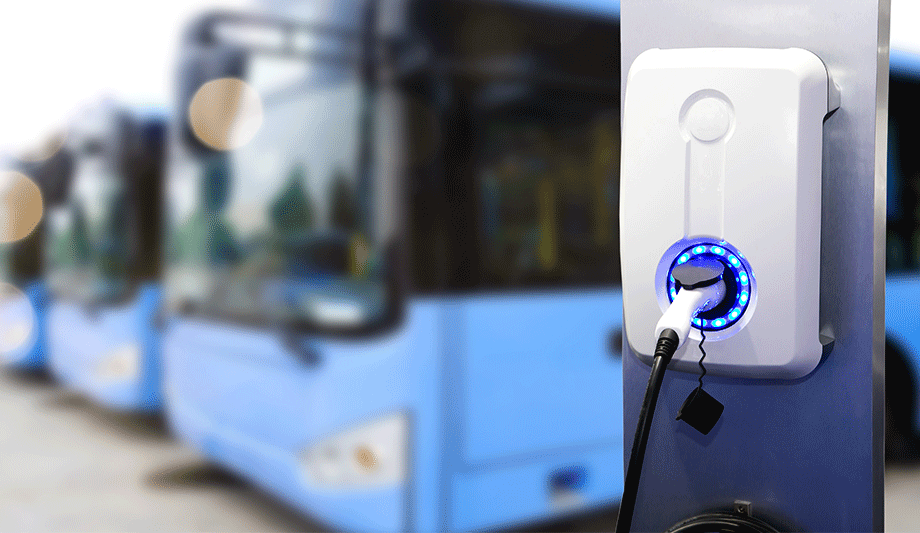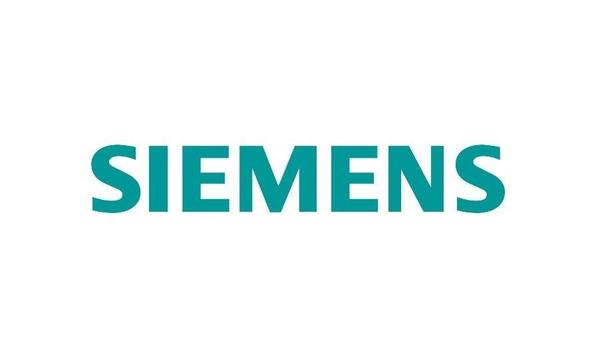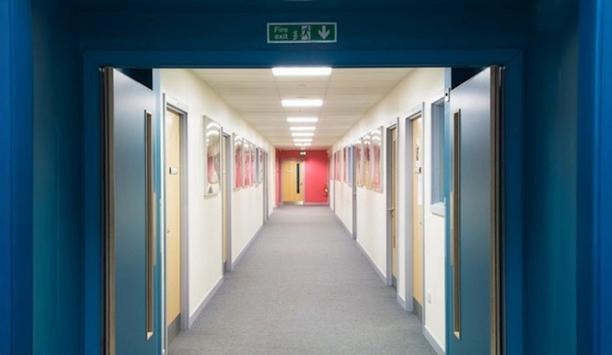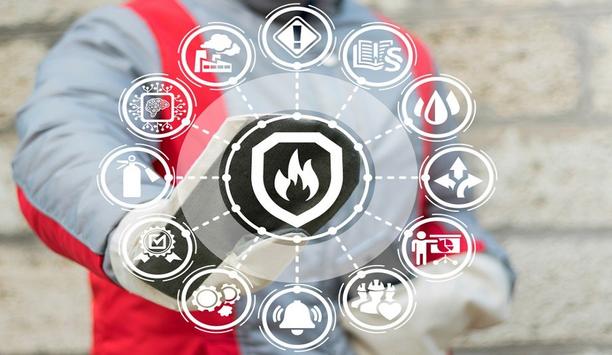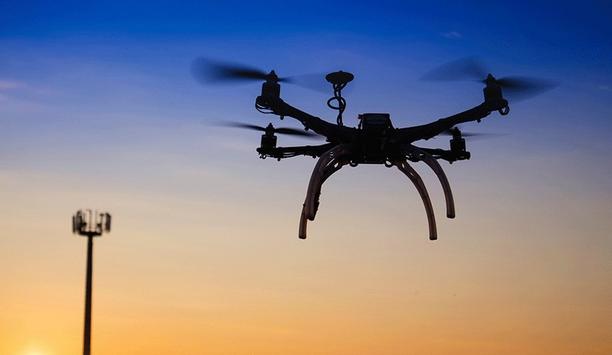Recent years have seen fire risks and resulting insurance claims in commercial premises grow significantly. This increase has been influenced by various factors, such as unusually hot and dry weather, increasingly demanding work schedules with prolonged hours, and an ongoing drive for sustainability in the UK.
James Mountain, sales and marketing director, Fire Shield Systems, examines the factors influencing risk and the role of insurers in strengthening policies surrounding fire protection, to reduce the risks of claims and ensure safer premises.
Acknowledging different risks and environments
For high-risk sites, building policies will specify the need for an ‘approved protection and suppression system’
Fire risks vary between industries, and to maximize protection and minimize claims, these should be carefully considered for insurance policies. Fire protection and suppression systems are widely recognized as necessary.
However, for high-risk sites, building policies will often simply specify the need for an ‘approved protection and suppression system’. This creates ambiguity, which can allow business owners to cut corners by opting for a cheaper solution that doesn’t necessarily account for the site’s unique fire risks.
pre-fitted system
For example, choosing an automatic suppression system that might not be fit for purpose, or installing a sprinkler system that will protect the warehouse shell rather than the valuable equipment inside it that’s essential for business continuity.
When high-value business assets are insured, such as vehicles and machinery, insurers often will approve a pre-fitted system installed as part of a manufacturer’s deal. However, an insurer should consider whether a system is effective for this particular operating environment. This is especially significant in high-risk industries, such as ports and docks, waste and recycling, or manufacturing and processing, as pre-fitted systems won’t always account for vehicles in continuous operation, for example.
fire protection systems
To mitigate site risks and reduce claims, insurers must finetune their underwriting to account for risks
Additionally, there isn’t currently a legal requirement for fire protection systems to meet certain standards or a particular specification in many high-risk industries.
To effectively mitigate site risks and reduce claims, insurers must finetune their underwriting to account for the unique site risks. However, this requires an extensive understanding of any relevant risks of the day-to-day operations. This begins with a highly-detailed risk assessment.
What’s influencing risks?
The factors influencing risks within a high-risk industry include:
1) Increasing reliance on battery power and storage:
Reflecting the UK’s continuous drive for sustainability, the number of lithium-ion (Li-ion) batteries used on commercial sites is increasing, as high-risk industries become more reliant on sustainable power sources. This creates new fire risks that traditional fire suppression systems aren’t as effective at mitigating.
Li-ion batteries require a unique solution, and this needs to be outlined in insurance policies for buildings that plan to store or use these batteries. Additionally, as the use of Li-ion batteries grows within domestic vehicles and commercial fleets, insurance policies for an underground car park or vehicle storage facilities, for example, should also consider these risks.
2) The stockpile of materials
Storage and capacity of combustible materials is becoming a real and growing issue for industries
As Brexit continues to impact the UK’s international trade, industries such as ports and docks or waste and recycling are seeing large material stockpiles. As a result, the storage and capacity of combustible materials are becoming a real and growing issue for these industries.
This is causing a ‘juggling act’ between insurers and businesses, with sites becoming more and more reliant on the effectiveness of their fire suppression systems, meaning they must match their unique fire risks.
3) Rising seasonal temperatures
As the UK continually records hotter and drier temperatures than previous years, the risk of indoor and outdoor fires is growing, particularly over the summer months. These conditions make combustible materials drier and more susceptible to excess heating from prolonged periods of direct sunlight. This can cause hotspots in stockpiles, which are more difficult for traditional fire detection systems to identify and control.
Wind can also exacerbate these risks by spreading hotspots between stockpiles. To address this, insurance policies should ensure any outdoor fire suppression systems can operate effectively in all weather conditions, such as extreme heat and wind.
How can you insure against them?
How a building operates ultimately determines its fire risks, which influences the insurance underwriting needed to mitigate risks effectively.
All sites are different, however, there are some broad questions to consider to promote fire safety through insurance policies, including:
1) What are the individual fire risks?
Obtaining a highly-detailed risk assessment, which acknowledges the industry and site-specific risks, in addition to understanding the necessary caliber and best-suited types of fire protection and suppression solutions to minimize these, will produce robust insurance policies to maximize safety and minimize claims.
2) How will a fire risk be identified?
Once risks are clear, a policy should consider how these will be detected once they arise
Once risks are clear, a policy should consider how these will be detected once they arise. Mitigation measures will be in place, for example, regular cleaning and maintenance that minimizes debris build-up, but this should be supported with an effective fire detection system.
The detection system must be suitable for the particular operating environment. For example, with large waste and recycling material stockpiles, thermal imaging is likely to be more effective. Whereas, for a manufacturing process flow, spark and ember detection systems will be more effective.
3) How will the site respond to detection?
Insurers will need to consider how a site may respond in the event of a fire – eg automatic or manual activation. If a system is manual, how will the system user be notified of the detected risk?
Following activation, the insurer should also consider which suppression system is suitable for the particular operating environment. For example, at a site with high-value equipment, water mist suppression systems may be able to suppress fire whilst minimizing damage. Whereas in battery storage, a specified suppression system for batteries may be more effective at controlling risk.
Fire safety policies
It's essential that as insurance fire claims rise, policies are only approved once detection and suppression systems match the particular risks of a site’s operating environment.


